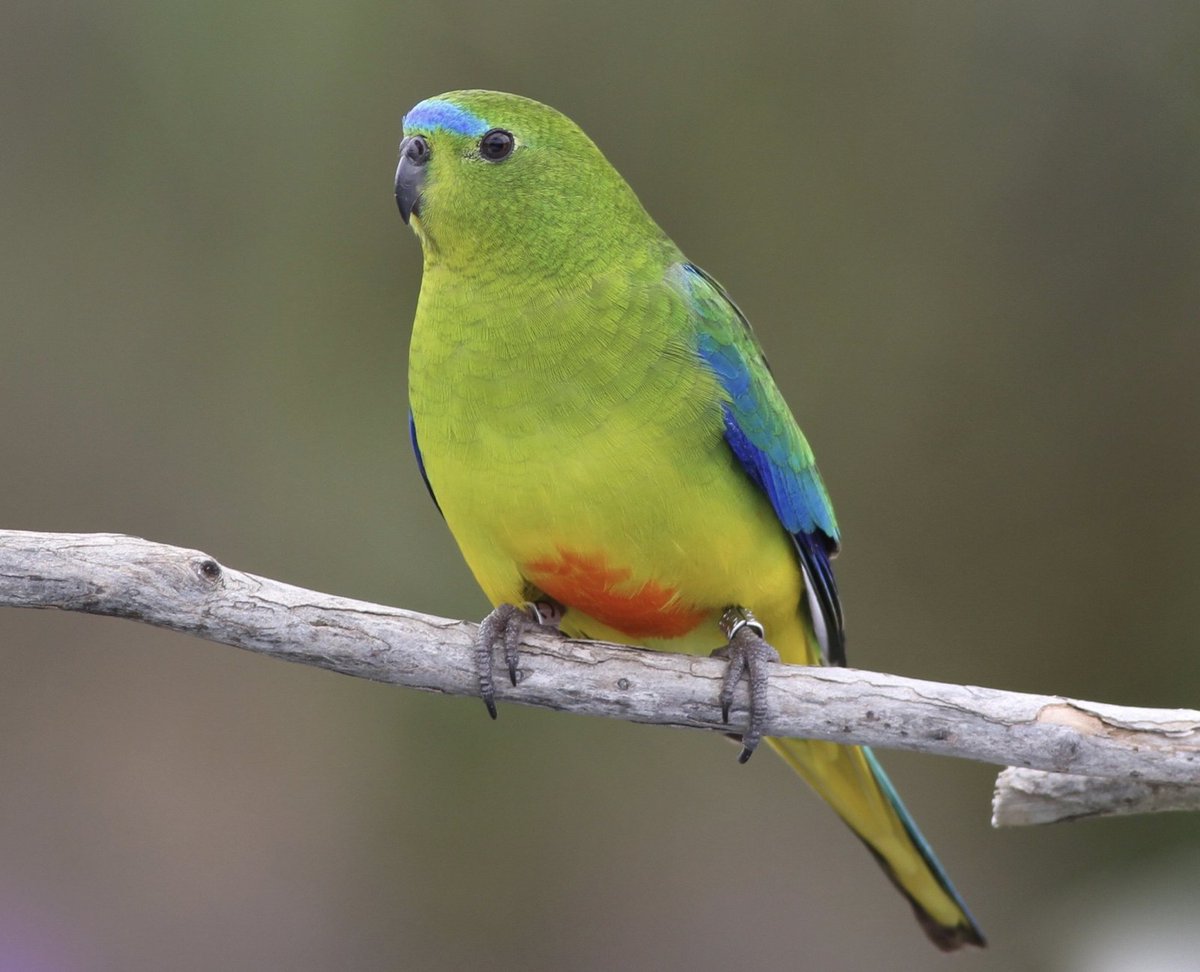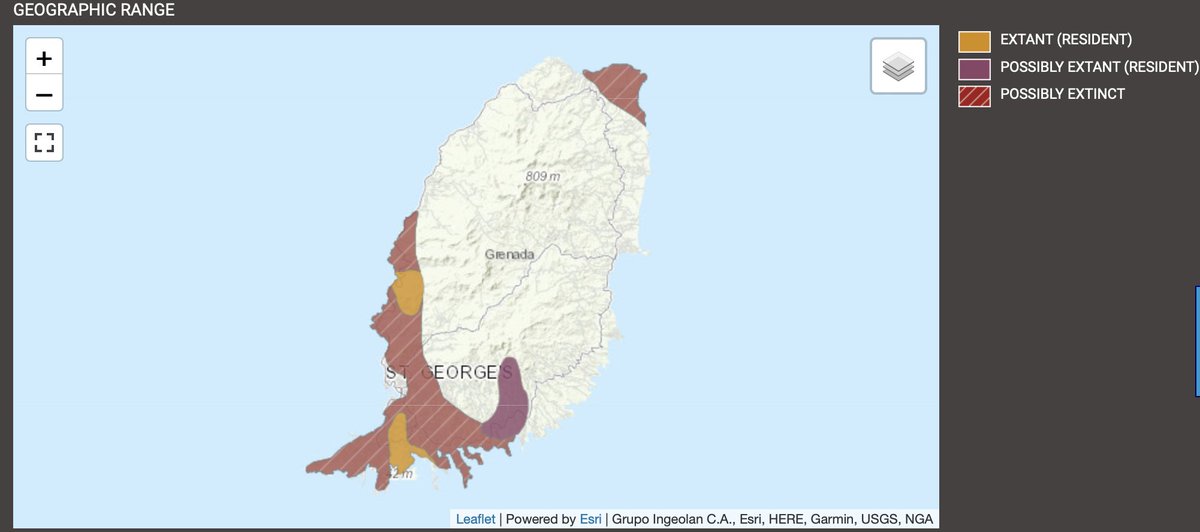Here is a list of 45 #birds, 22 #mammals, and 30 non-avian #reptiles that are CRITICALLY ENDANGERED due to feral or pet #cats
#invasivespecies #conservation #ornithology #BiodiversityCrisis
pnas.org/doi/pdf/10.107…
#invasivespecies #conservation #ornithology #BiodiversityCrisis
pnas.org/doi/pdf/10.107…

first off, I'd like to highlight that "feral #cats on islands are responsible for at least 14% global #bird, #mammal, and reptile extinctions and are the principal threat to almost 8% of critically endangered birds, mammals, and reptiles"
onlinelibrary.wiley.com/doi/epdf/10.11…
onlinelibrary.wiley.com/doi/epdf/10.11…
AND within our own lifetimes, North America has lost more than one in four of its birds. These are not all critically endangered now, but these trends are pointing to #extinction
#BringBirdsBack #ornithology
science.sciencemag.org/cgi/content/fu…



#BringBirdsBack #ornithology
science.sciencemag.org/cgi/content/fu…




#cats are ONE of the threats to our world life #biodiversity.
In the United States alone, latest estimates of annual #bird mortality now estimated to be 1.3 to 4.0 billion and #mammal mortality likely 6.3 to 22.3 billion individuals.
abcbirds.org/article/outdoo…
In the United States alone, latest estimates of annual #bird mortality now estimated to be 1.3 to 4.0 billion and #mammal mortality likely 6.3 to 22.3 billion individuals.
abcbirds.org/article/outdoo…

The data available screams that #cats are a threat to #wildlife. I've already listed out species that have gone #extinct due to #cats. Let's talk about the species that are critically endangered due, in part, to cat predation.
👇👇👇👇
👇👇👇👇
https://twitter.com/KeepCatsInside/status/1441620519426543621?s=20&t=VyVNWswrzrU-TswlLnvV5A
#1. Amsterdam Albatross (Diomedea amsterdamensis) is a colonial breeder on a single island, Amsterdam Is. in S. Indian Ocean. Threatened by many factors (cholera, cattle, etc.), #cats remain a threat to the chicks of 92 breeding #birds
acap.aq/acap-species/2…
pic by @PterodromaM
acap.aq/acap-species/2…
pic by @PterodromaM

#2 Island endemic Okinawa Woodpecker (Dendrocopos noguchii) nearly went extinct in 1930's & now has 50-249 breeding individuals. Deforestation is a major threat; as they forage on the ground, #cats have a steady impact on predation of mature adults.
iucnredlist.org/species/226815…
iucnredlist.org/species/226815…

#3 White-chested White-eye (Zosterops albogularis) is a single-island endemic of Norfolk Is.
"Control of predators (i.e., #cats) essential for this species to have any chance of survival, if it is not already extinct"
--@birdsoftheworld
iucnredlist.org/species/227142…

"Control of predators (i.e., #cats) essential for this species to have any chance of survival, if it is not already extinct"
--@birdsoftheworld
iucnredlist.org/species/227142…


#4 Orange-bellied Parrot (Neophema chrysogaster) is extremely range restricted in S Australia & only has 20-25 indiv.
"Deaths from random events, such as predation by foxes and #cats...are significant threats to such a tiny population"
--@IUCNRedList
Pic by Chris Wiley
"Deaths from random events, such as predation by foxes and #cats...are significant threats to such a tiny population"
--@IUCNRedList
Pic by Chris Wiley

#5 Guadalupe Storm Petrel (Hydrobates macrodactylus) has not been recorded since 1912, despite several subsequent searches, and it may well have been driven extinct by feral cats, with declines compounded by nesting habitat destruction by goats.
iucnredlist.org/species/226985…
iucnredlist.org/species/226985…

#6 Townsend's Shearwater (Puffinus auricularis)
#Invasivespecies are #1 combined threat to this #EndangeredSpecies. #Cats were introduced to Socorro in the early 1970s, and more than 92% of cat scats above 500 m contain shearwater remains"
@IUCNRedList
iucnredlist.org/species/226982…
#Invasivespecies are #1 combined threat to this #EndangeredSpecies. #Cats were introduced to Socorro in the early 1970s, and more than 92% of cat scats above 500 m contain shearwater remains"
@IUCNRedList
iucnredlist.org/species/226982…

#7 Grenada dove (Leptotila wellsi) is endemic to the island of Grenada in the Lesser Antilles. The threats it already faces (hurricanes, habitat loss) are compounded by fledglings predation by #cats.
iucnredlist.org/species/226908…

iucnredlist.org/species/226908…


#8 Bahama Oriole (Icterus northropi) has a small & declining population due to nest parasitism & predation by #invasive #cats, which are widespread across Andros.
iucnredlist.org/species/227363…
iucnredlist.org/species/227363…

#9 Once the most abundant landbird on the island, the Socorro Mockingbird (Mimus graysoni), is now #endangered. "Due to [sheep grazing] & #cat predation, which removes mockingbirds from areas with little understorey, declines in its extremely small range are considered likely" 

#10 Cozumel Thrasher (Toxostoma guttatum) is a single island endemic #bird. The reasons behind its decline are poorly understood, but boa constrictors introduced in 1971, as well as introduced #cats and other mammals, are the leading hypothesised threat. 

#11 Puerto Rican Parrot (Amazona vittata) faces many threats. In the small areas it's found in today, feral #cats are common in its habitat and represent yet another threat to this #EndangeredSpecies
pic @JasonWeckstein

pic @JasonWeckstein


• • •
Missing some Tweet in this thread? You can try to
force a refresh






